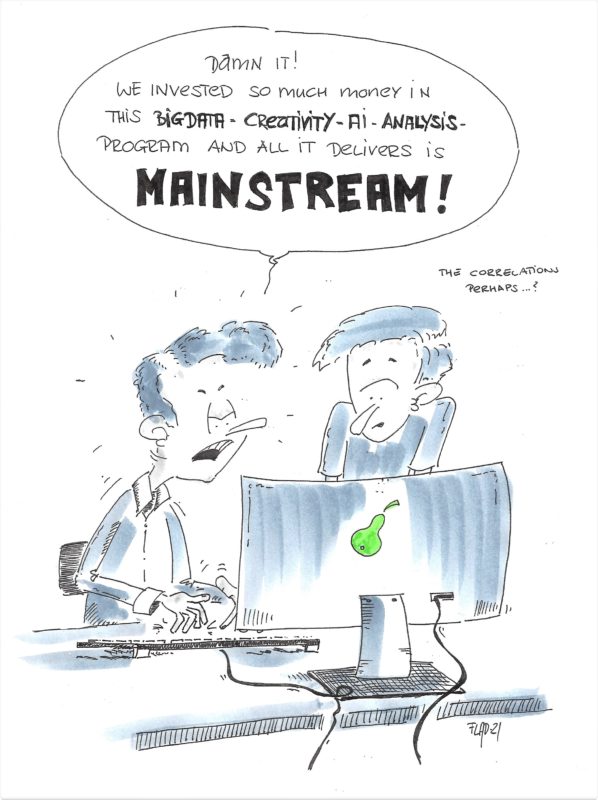Woolley Marketing: Mad Men or Math Men?
In his regular column for Mumbrella, Trinity P3 founder and global CEO Darren Woolley suggests a rethink is due for technology’s role in advertising.
The conversation on art versus science is like being back in the secondary school playground – before COVID lockdowns – with the jocks, the geeks and the emos. But the advertising playground has its own groups. Traditionally the domain of the creative, increasingly it has been invaded by the geek and nerd. And while some see technology and creativity complementing each other, there is still a prevailing view that never the twain shall meet.
Only in the last few weeks have I had agencies championing their creative prowess while sneering at the increasing role data and technology plays in marketing, beyond new digital channels for them to display their creative excellence. Even marketers often find themselves falling into thinking that an agency is either creative or data capable and not both. In discussing potential pitch candidates, a client rejected an agency because they were too ‘data-smart’. Code for not creative enough.

Cartoon by Dennis Flad, with permission (2021)

